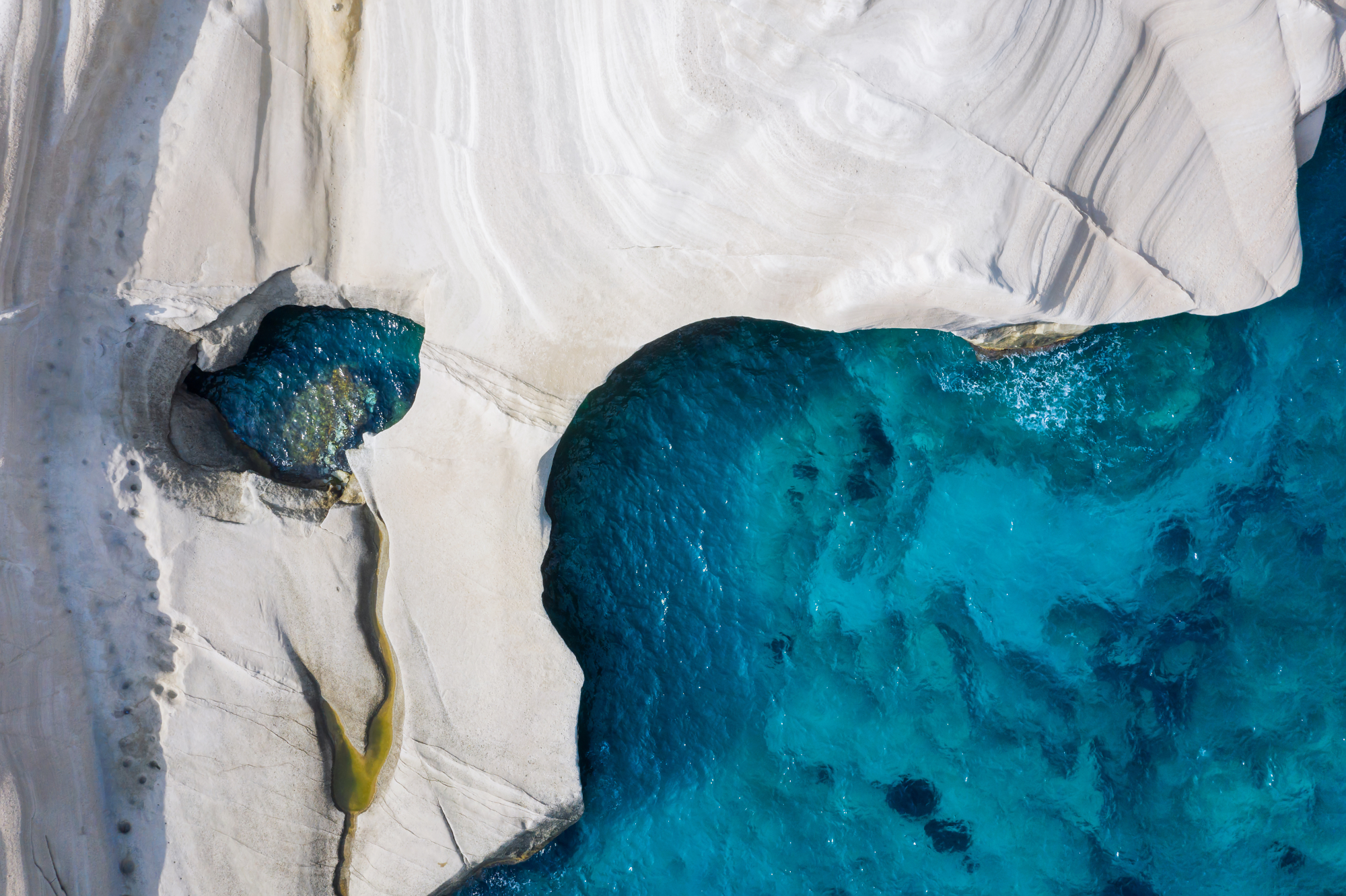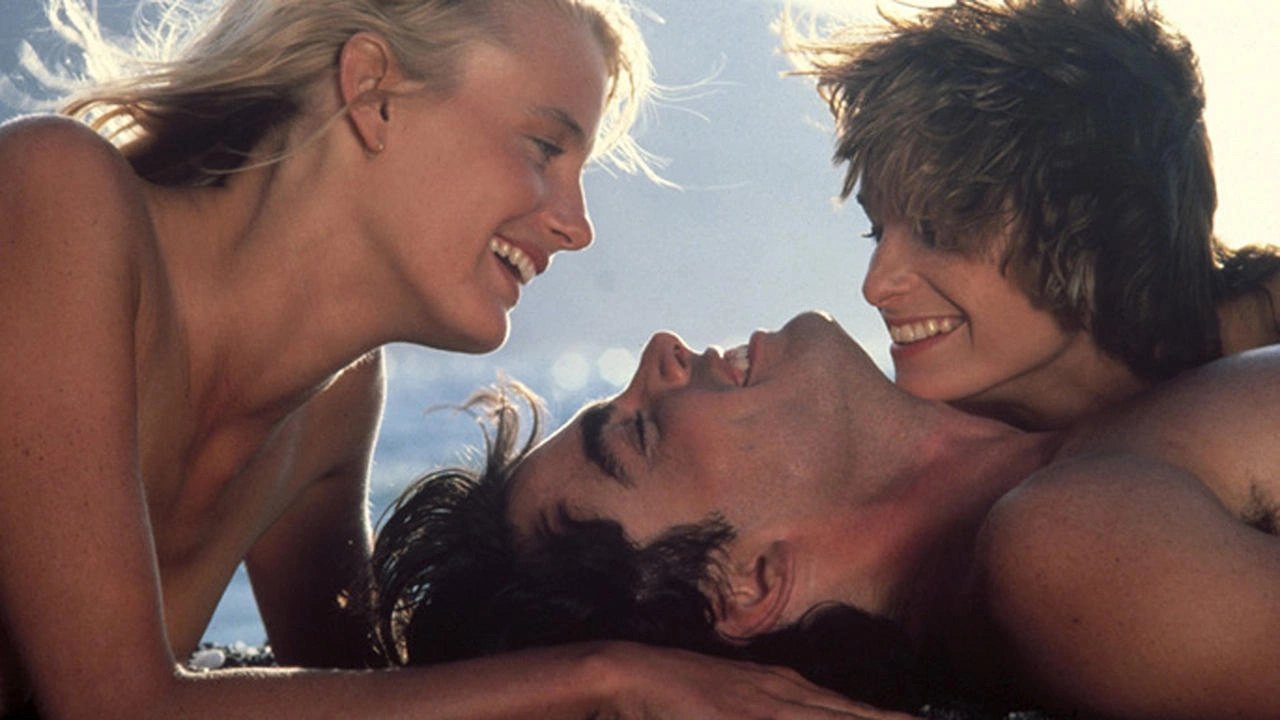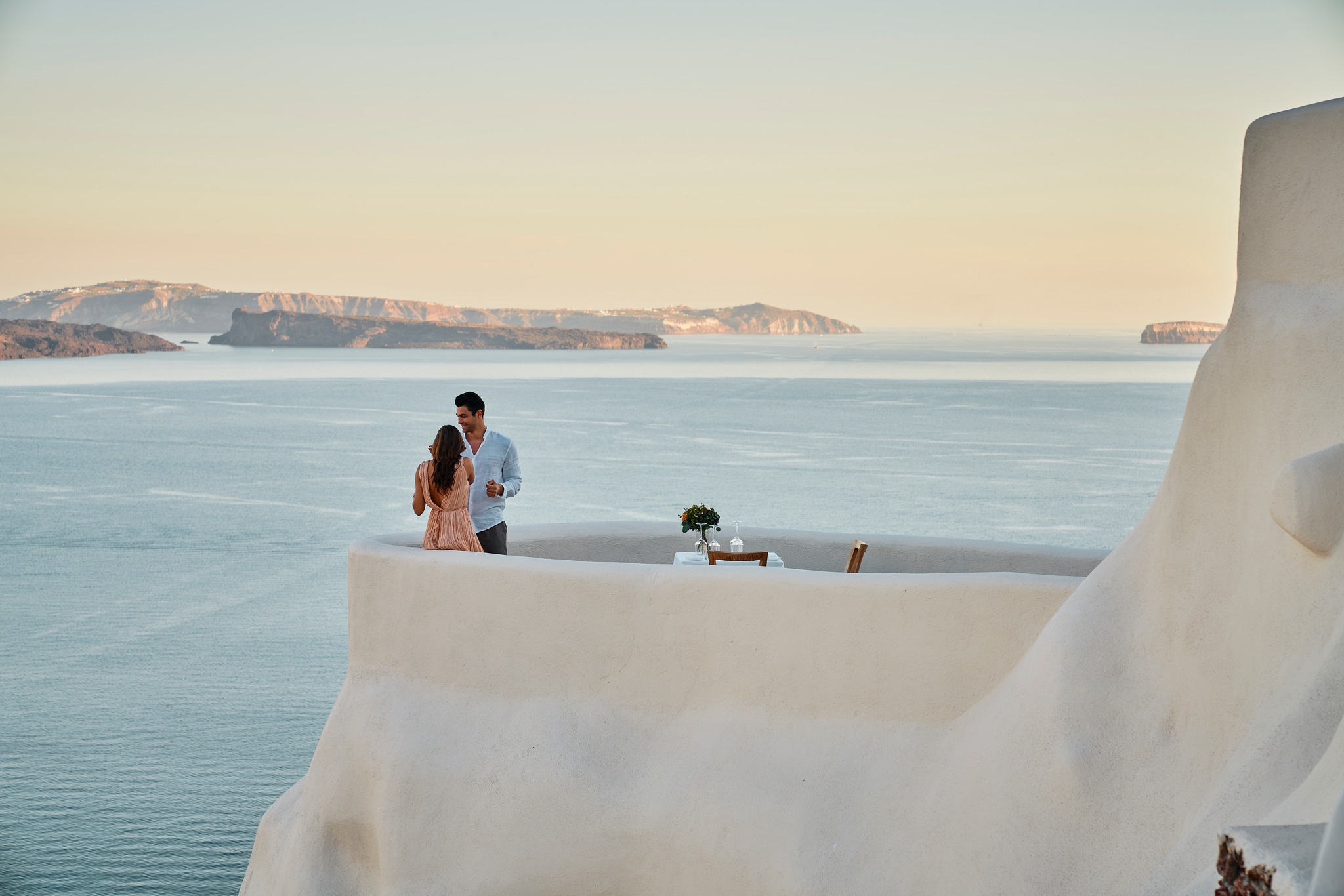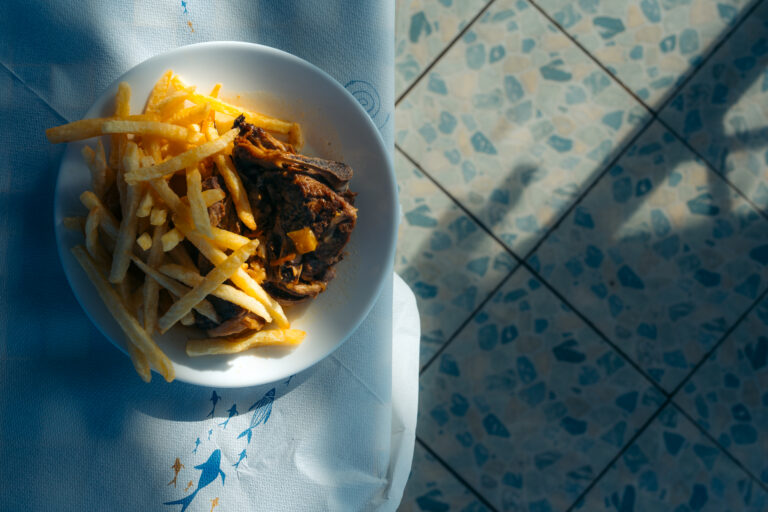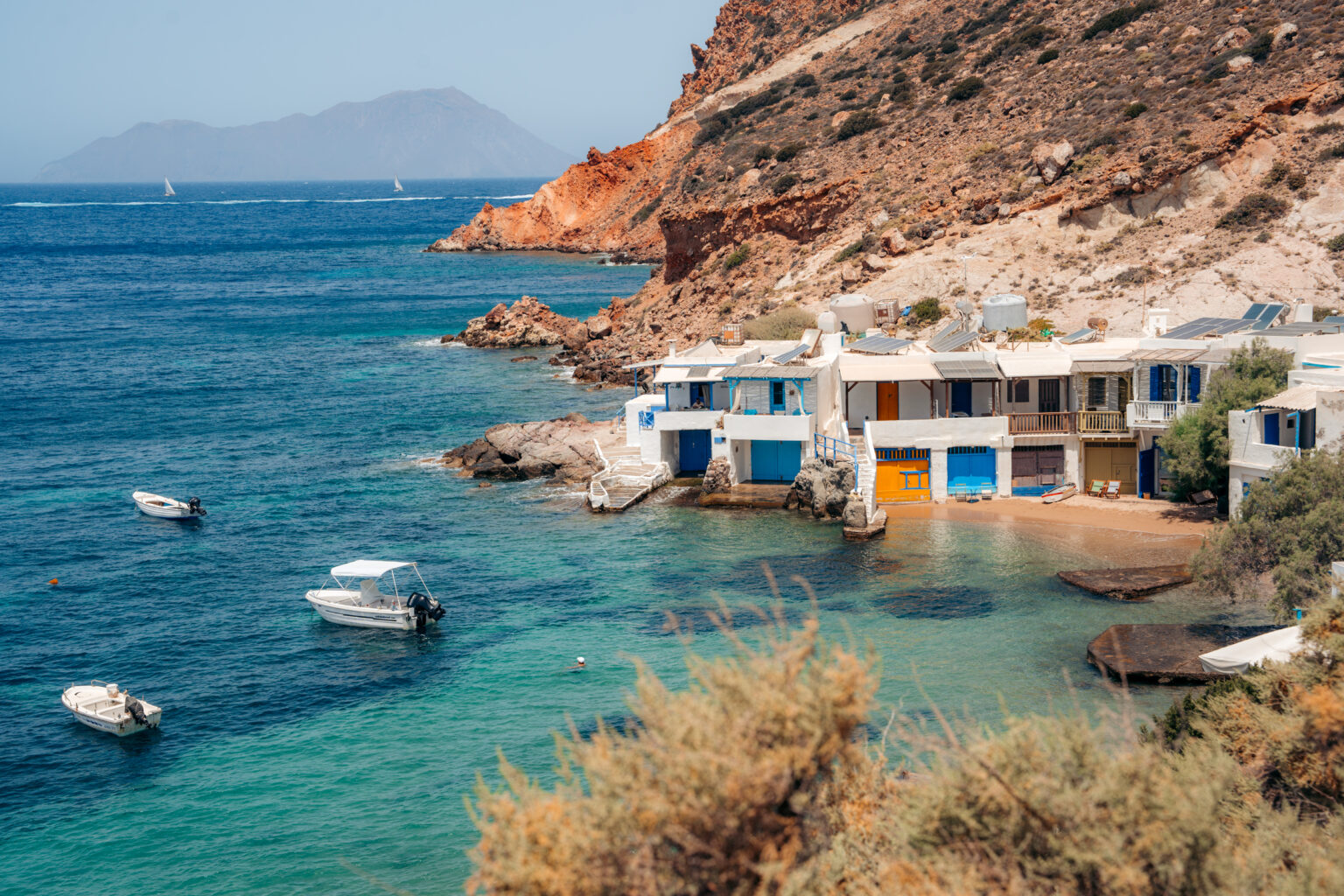Everybody is talking about Milos, and data coming through confirms this interest. The accommodation occupancy rate on the island reached 93 percent for the July 24-25 weekend, elevating the activity to pre-pandemic levels achieved in the summer of 2019.
The summer of uncertainty, as the current season has been characterised, had, in the lead-up, indicated that some destinations would shine while others would re-experience the financial drama of last summer. The Cyclades appear to be performing supremely in terms of bookings as current activity indicates the summer season will stretch over a duration of at least 120 days. Placing the exception of phenomenal Mykonos aside, Tinos, Kythnos as well as Amorgos appear to be generating sufficient interest for an unexpectedly strong inflow of tourists.
Top lists and social media influence
Talk about Milos had begun in pre-pandemic 2019 when the island emerged on the top-destination lists of major international travel media, and, in 2020, remained high on influential magazine and website reader-list ratings. This year, the lifting of travel restrictions has created an unstoppable wave of interest for Milos, sparked by social media activity.
Instagram has developed into a crucially influential tool for the generation of destination interest, Milos offering the most Instagram-friendly settings of the Cyclades with sensational spots such as Sarakiniko and Syrmata.
Highlighting the island’s appeal, two of the world’s most powerful fashion megabrands chose Milos for their new promotional campaigns. The Dior fashion house selected Plathiena and Sarakiniko beaches for its shoots, while Louis Vuitton opted for Mandrakia and Agia Kyriaki beaches.
Furthermore, on June 26, world-famous singer Justin Bieber, a hugely influential figure, began posting photographs of his own from various Milos points, expressing simplicity and, most importantly, authenticity, aspects that are pivotal in the travel lingo of today.
“This is an extraordinarily beautiful island,” explained tourism growth consultant Katerina Katopi-Lykiardopoulou. “Milos is ranked high in the world’s top destination rankings and is much obliged to Instagram, which has helped considerably in creating all the publicity. Following Santorini, photos from Milos are clearly the most liked and shared,” she added.
A large part of the tourism industry, it should be pointed out, has yet to realise that certain age groups live the entire travel experience online, from booking accommodation through mobile phones to destination enjoyment.
By posting photos taken at their holiday spots of choice and prompting social media reaction, including likes and favourable comments within their network of contacts and, by extension, the digital community, younger age groups are helping shape tourism opinion and trends.
“Greece is one of the most beautiful countries in the world with very diverse landscapes offering experiences, local culture, history, antiquity, tourist attractions, folklore, religion, food, interesting people and entertainment,” remarked Tolis Aivalis, Managing Partner at Knowcrunch.com, offering digital and social media marketing training. “There is a photo for Instagram or a video for YouTube or Facebook hidden in every corner of the country,” he continued.
Cyclades occupancy rates, accommodation
Milos
The occupancy rate for Milos’ accommodation reached 93 percent last weekend, July 24 and 25, according to Booking.com figures. As for price levels concerning this two-day period, of 34 accommodation units, one offered a price of 81 euros per night for two persons, five units offered prices between 101 and 141 euros, while prices for the rest ranged between 150 and 811 euros.
Paros
The occupancy rate on Paros, according to the Booking.com data, was 89 percent for the same two-day period. Of 107 units in total, accommodation price levels ranged between 60 and 90 euros per night for 20 units, between 91 and 120 euros for 22 units, 121 and 159 euros for 14 units, while the most expensive accommodation choice was priced at 3,871 euros per night, the Booking.com data showed.
Naxos
The island’s accommodation units offered through Booking.com showed an occupancy rate of 85 percent. Of 158 units in total, accommodation price levels ranged between 49 and 70 euros per night for 21 units, between 71 and 100 euros for 36 units, and 101 and 130 euros for 26 units, while the top-priced accommodation choice on Naxos reached 1,440 euros per night.
Santorini
On Santorini, occupancy rates were 79 percent. Of 393 accommodation units in total, prices levels ranged between 40 and 70 euros for 18 units, 71 and 100 euros for 46 units, and 101 and 130 euros for 50 units, while the most expensive accommodation option was priced at 3,500 euros.
Mykonos
Mykonos’ occupancy rate for accommodation units offered through Booking.com reached 87 percent last weekend. Of 165 units in total, price levels ranged between 109 and 160 euros for 19 units, between 161 and 200 euros for 14 units, 201 and 261 euros for 17 units, and reached 4,050 euros per night for the top-priced unit.
According to Hellenic Civil Aviation Authority (YPA) figures, a total of 1,350 flights to and from Milos were registered in 2020, while a total of 17,475 tourists travelled to the island by plane.
In 2019, the total number of flights to and from Milos reached 2,248, while 37,933 tourists travelled to the island by plane. According to the Hellenic Statistical Authority (ELSTAT), in 2019 the number of visitors travelling to Milos by ferryboat reached a record level of 952,478, capturing an 8 percent share of the Cyclades market. A total of 23,641 visitors arrived to the island on 38 cruise ships. Also, Milos museum visitors totaled 16,075 in 2019, while visitors to archaeological sites reached 39,776.
Hospitality infrastructure
According to latest hospitality infrastructure data for Milos, provided by the Hellenic Chamber of Hotels, a total of 76 hotels offering 1,412 rooms and 2,741 beds operate on the island. This represents a 5 percent share of the total accommodation capacity offered by the Cyclades.
Of Milos’ 76 hotels in total, two are five-star hotels, three are four-star hotels, 17 are three-star hotels, 44 are two-star hotels, and ten are one-star hotels. Of the total number of rooms, 92 with 162 beds belong to five-star hotels, 68 with 137 beds belong to four-star hotels, 276 with 527 beds belong to three-star hotels, 834 with 1,646 beds belong to two-star hotels, and 142 with 269 beds are part of one-star hotels.
Data provided by the Greek Tourism Confederation (SETE) on Milos’ rooms to let, a total of 862 units offer 4,730 rooms and 10,643 beds on the island. Of the 862 units, 36 are rated four-key, 214 are three-key, 478 are two-key and 134 are one-key. Of the total number of rooms, 205 with 489 beds are rated four-key, 1,348 with 3,176 beds are three-key, 2,606 with 5,737 beds are two-key, and 571 with 1,241 beds are one-key.
Milos possesses 12 percent of the total room capacity in the Cyclades. Most recent data made available prior to the pandemic showed that Milos offers 239 furnished houses and villas with a total of 296 rooms and 1,570 beds. The island also offers four camping facilities with 37 huts and 310 tent spots.
Milos airport, located 5 km southeast of the island’s harbour town, Adamantas, next to the old salt lakes, has operated since 1972. It is equipped with one passenger terminal building measuring 1,615 square metres and one aircraft parking space.
Milos port, located on the island’s northeast coast, provides passenger boat service to and from Piraeus and surrounding islands, while also covering the island’s freight activity. This Adamantas port also provides mooring service for cruise ships and yachts.



